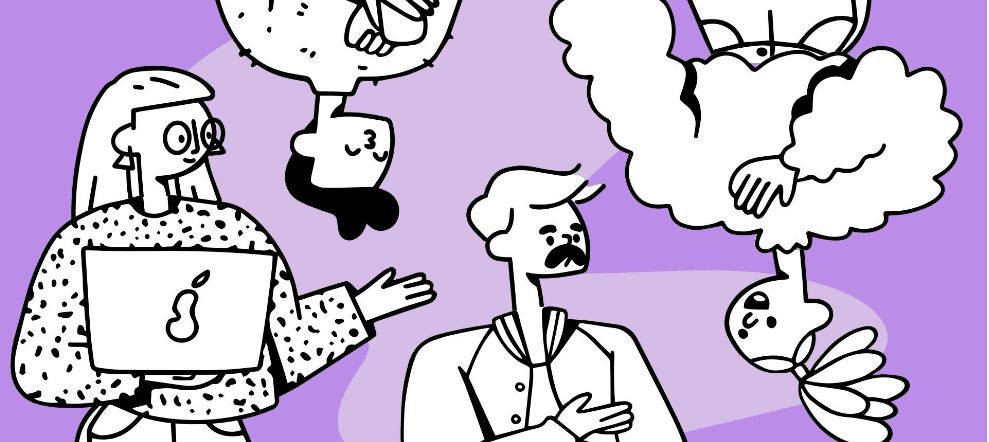How to Convert PNG to BMP
Change My File is the best online software to convert PNG to BMP for free without compromising image quality. Whether you’re a graphic designer, a developer, or just someone dealing with different image formats, it’s essential to have tools that allow seamless file format conversion. PNG and BMP are both widely used image formats, each serving distinct purposes. While PNG is known for its compression and transparency support, BMP is favored for raw, uncompressed image quality ideal for certain applications.
To make converting files quick and hassle-free, we've developed an easy-to-use online tool. Just follow these steps to convert your PNG file to a BMP file:
- Open your browser and go to changemyfile.com.
- On the homepage, click on the ADD FILE option.
- Your device’s file manager will open—select the PNG file you want to convert.
- You can upload up to 10 files at once, as long as their total size is under 50 MB.
- After uploading the PNG file(s), click on CONVERT TO and choose BMP from the list of formats.
- Once selected, hit CONVERT NOW. Within seconds, your file will be converted.
- Download the resulting BMP file and use it as needed.
These simple steps allow you to convert PNG to BMP in seconds—and best of all, it’s completely free!
PNG to BMP Conversion
PNG and BMP files both handle image data but in different ways. PNG (Portable Network Graphics) files are compressed and support transparency, making them ideal for web use and images with clear backgrounds. BMP (Bitmap) files, on the other hand, are uncompressed and retain raw pixel data, offering better quality for editing or printing purposes.
BMP files are often larger in size compared to PNG, but their simplicity and high quality make them ideal for certain applications like software development, image processing, or archival purposes.
Why Convert PNG to BMP
Converting PNG to BMP ensures compatibility with software that requires uncompressed image data. BMP files are often preferred for legacy applications, image editing programs, or Windows-based systems that rely on raw pixel data. Additionally, BMP format is beneficial for detailed image analysis or printing where maximum quality is crucial.
By converting PNG to BMP, you gain better control over the image's color and detail without compression artifacts. It also ensures smooth compatibility with platforms and tools that might not fully support PNG features like alpha transparency.
Is it Safe to Convert PNG Files to BMP
Absolutely. Our tool at Change My File ensures secure uploads and fast, lossless conversions. Your image files are not stored after processing, ensuring your privacy and data security. Whether you're converting a single file or multiple images, you can trust that the process is safe, quick, and efficient.
